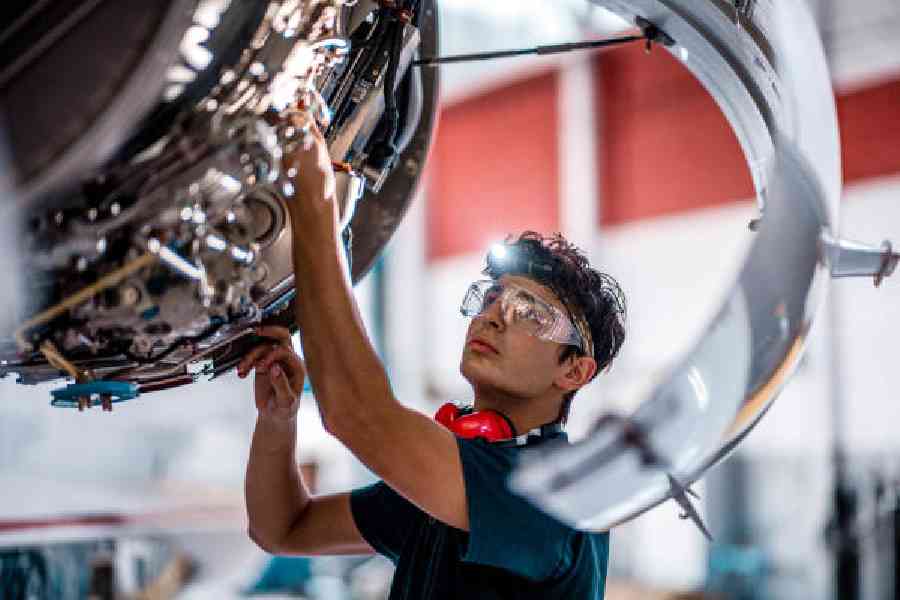Routes and Wings


How to become an aerospace engineer? Prasun Chaudhuri asks Subrata Roy (see pic), professor of mechanical and aerospace engineering and the founding director of the Applied Physics Research Group at the University of Florida in the US. Roy, who has also been a visiting professor at the University of Manchester in the UK and the Indian Institute of Technology Bombay, is the inventor of the wingless electromagnetic air vehicle or WEAV, and has over 30 patents forxz unique inventions.

q What is aerospace engineering all about?
Look at an aircraft, say the Boeing 747 or the Cessna 172 or the Indian Tejas; aerospace engineering has to do with designing, developing, testing and manufacturing such aircraft, and related systems. Traditionally, the field covers both aero and space flights. So the design, development and construction of a spacecraft, such as Voyager 1 or Mars Pathfinder, will also come under the purview of aerospace engineering.
q What are these engineers required to do?
Aerospace engineers studythe physics-based processes ofan aircraft or a spacecraft, develop leading-edge transformative — sometimes disruptive — technologies and integrate them into vehicle systems.
We use these systems daily in transportation, communications and defence applications. You may have heard about drones, such as the ones used for navigation and recovery missions on Earth and the Ingenuity helicopter on Mars. They are also designed, built, flown and controlled by aerospace engineers. Think of any aircraft, spacecraft, satellite or missile — their propulsion systems, guidance and control systems, design and testing of the body, components and subassemblies — these are all handled by aerospace engineers.
q What are the basic skills you need to have?
To be proficient in this field, you need to have an understanding of at least one or many of these subjects — aerodynamics, materials and structures, propulsion, vehicle dynamics, and control and software. The most fascinating part of being an aerospace engineer is that one can be imaginative and visionary in this field, looking into the future to come up with new design ideas for an aircraft, a spacecraft or a bee-like drone.
q What about all the requisite academic qualifications and degrees?
To become an aerospace engineer, you typically need a bachelor’s degree in aerospace engineering or a closely related field like mechanical engineering or electrical engineering, with a strong focus on mathematics, computer design, physics and fluid mechanics. Engineers with a master’s degree or a PhD in the field can provide in-depth and specialised knowledge in specific areas of aerospace engineering.
q What is the usual career path of an aerospace engineer?
Aerospace engineers gain practical experience as designers and systems architects. This allows them to work in diverse sectors. These include architectural and systems design, mechanical engineering and related services, scientific research and development services, navigational measurement, electromechanical and sensors and control instrument manufacturing.
Many aerospace engineers work directly in the aerospace industry. A majority of them also work in the supply chain, at systems and software supplier companies, and aerospace product and parts manufacturing companies. In general, engineers with heftier degrees work at corporate labs, government labs and universities.